Yeongcheon Bohyunsan Astronomical Science Museum (영천보현산천문과학관)
.0M 2024-02-23
689, jeonggak-ri, Hwabuk-myeon, Yeongcheon-si, Gyeongsangbuk-do
Perched atop Bohyeonsan Mountain, an optimal location for stargazing, is the Yeongcheon Bohyunsan Astronomical Science Museum. This facility is comprised of an observation room, a planetarium, and an exhibition area. It houses twelve exhibition rooms where visitors can delve into the history of astronomy, learn about the seasonal constellations, explore ancient cosmological perspectives from various cultures, and gain insights into the solar system. The planetarium offers screenings of videos about the constellations as they change with the seasons. Meanwhile, the observation room is equipped with five telescopes, allowing guests to gaze at the stars directly. To ensure a spot, visitors are required to book their visit at least one day prior via the museum's website.
Yeongcheon Starlight Village (영천 별빛마을)
190.8M 2024-02-23
22 Jeonggak-gil, Hwabuk-myeon, Yeongcheon-si, Gyeongsangbuk-do
Nestled at the foot of Bohyeonsan Mountain, Yeongcheon Starlight Village is a haven of natural beauty, surrounded by lush forests brimming with pine and chestnut trees. The village provides a range of accommodations and experiential programs, featuring guest rooms, seminar rooms, multipurpose spaces, and a cultural center. Its proximity to Bohyeonsan Mountain allows visitors to explore the enchanting Bohyeonsan Starlight Trail. In spring, visitors can also attend the Yeongcheon Bohyeonsan Starlight Festival, a celebrated annual event dedicated to astronomy and science. Additional local attractions include the Cian Art Museum, Unjusan Recreational Forests, Yeongcheon Dam, and the Bohyunsan Astronomical Science Museum.
Bohyunsan Optical Astronomy Observatory (보현산 천문대)
3.2Km 2024-02-23
475 Jeonggak-gil, Hwabuk-myeon, Yeongcheon-si, Gyeongsangbuk-do
Positioned atop Bohyeonsan Mountain, Bohyunsan Optical Astronomy Observatory stands as a prominent hub for optical astronomy observation in Korea. The facility encompasses an optical telescope building, a solar telescope building, and a visitor center. The visitor center doubles as an exhibition hall, showcasing an impressive collection of astronomical photographs. Regular public events are scheduled on the fourth Saturday of April through June, and again in September and October. During these events, participants can attend an astronomy lecture and spend twenty minutes touring both the optical and solar telescope buildings. Reservations for these events can be made via the website, starting from 10 a.m. on Monday until 5 p.m. on Friday of the respective event week.
Orijangnim Forest in Jacheon-ri, Yeongcheon (영천 자천리 오리장림)
8.3Km 2021-06-11
1421-1, Jacheon-ri, Yeongcheon-si, Gyeongsangbuk-do
+82-54-330-6584
Orijangnim Forest is approximately 2 kilometers long, the same length as the Korean measurement of five ri (O-ri). It is also called Jacheon Forest due to its location near Jacheon-ri. The forest was split into two parts after a national roadway was built through the forest. Later, much of the forest was lost due to additional building construction, road expansion, and typhoon. Only some areas in front of Jacheon Village retain the old ambience.
Orijangnim Forest was established to block the strong winds from entering the village, as well as provide bank protection and flood prevention. It is comprised of 280 trees from 12 different species including oriental oaks.
Yeongcheon Dam (영천댐)
8.7Km 2024-02-22
1792 Poeun-ro, Jayang-myeon, Yeongcheon-si, Gyeongsangbuk-do
Yeongcheon Dam is a multipurpose dam located in the middle and lower reaches of the Geumhogang River basin, and below it lies the Yeongcheon Dam Downstream Park. Within the park, there are campgrounds equipped with water facilities and showers, a children's water playground open in the summer, artificial waterfalls, sports fields, and plazas. Surrounding the dam, the Youngcheon Dam Cherry Beotkkotbaek-ri, a famous drive course, is renowned, with numerous café and restaurants scattered along the route.
Gunwi Janggok Recreational Forest (군위 장곡자연휴양림)
13.8Km 2024-02-15
195 Janggokhyuyangnim-gil, Goro-myeon, Gunwi-gun, Daegu
The Gunwi Janggok Recreational Forest offers a unique vacation experience where Korean history, culture, and nature converge. Nestled within a dense forest of broad-leaved and pine trees, it provides a serene environment for relaxation and forest bathing in the fresh air. The facility boasts a range of amenities including accommodation, a campground, walking trails, a forest park, an observatory, a nature observation center, and a seminar room. Additionally, it caters to younger visitors with a playground and a small sports field. During the summer, an outdoor water playground for children is also available.
Imgoseowon Confucian Academy (임고서원)
13.9Km 2024-02-23
447 Poeun-ro, Imgo-myeon, Yeongcheon-si, Gyeongsangbuk-do
Imgoseowon Confucian Academy, established in 1553, was built to commemorate the esteemed Goryeo statesman Jeong Mongju. Visitors can explore Munchungsa Shrine, the sanctuary of his ancestral tablet, and Jonyeonggak Pavilion, where his portrait is displayed. Heungmundang Hall, historically used as a lecture hall, is also a significant site within the academy. Among the treasured relics, the academy holds three portraits of Jeong Mongju and a collection of over 200 books. A highlight is the Books of Imgoseowon Confucian Academy, an esteemed compilation of twenty-five volumes across ten categories, recognized as a national Treasure. Furthermore, the grounds are graced by a revered ginkgo tree, recognized as a monument, and the Stele of Jeong Mongju, each adding to the rich cultural tapestry of the site.
The Gwiae Traditional House (귀애고택)
14.2Km 2024-12-20
37-17 , Gwiho 1-gil, Yeongcheon-si, Gyeongsangbuk-do
+82-54-331-8043, +82-10-5556-8043
Gwiae Old House, located in Yeongcheon, Gyeongsangbuk-do, is a hanok built by Joseon scholar [Mukheon Jo Myong-jik / Jo Geuk-seung] in the time of King Yeongjo. Visitors entering the yard through the gatehouse will see a sarangchae, an anchae and a thatched house with a treadmill. Next to the gatehouse is a storage jar stand, and harmoniously arranged behind the sarangchae are a square pond, a small hexagonal pavilion, and Gwiaejeong, a larger pavilion. Biannual jazz, rock and classical concerts are held in the old house, and visitors can try out hanbok wearing, Korean archery, and liquor making.
Pohang Traditional Culture Center (포항전통문화체험관)
17.0Km 2025-01-07
7 , Deokdongmunhwa-gil, Buk-gu, Pohang-si, Gyeongsangbuk-do
+82-54-280-9371~3
The Pohang Traditional Culture Experience Center is in a quiet village in Deok-dong, 40 minutes from downtown Pohang. It’s a place for learning about traditional local culture while enjoying beautiful natural surroundings. Here you can experience seodang schooling, calligraphy, a tea ceremony, natural dyeing, taekkyeon martial art, Nanta drumming, straw crafts and paper making - not to mention making (and eating!) tofu and rice cakes. The affordable hanok rooms are ondol-heated, with shared toilet and shower room.
Pohang Deokdong Culture Village (포항 덕동문화마을)
17.0Km 2024-02-13
210 Odeok-ri, Gibuk-myeon, Buk-gu, Pohang-si, Gyeongsangbuk-do
Pohang Deokdong Culture Village is a picturesque traditional village, renowned for its stunning natural beauty and impeccably preserved old houses. This village has its roots in the Imjin War era, when Jeong Munbu, a civil official of the Joseon dynasty, bestowed his wealth upon his grandson-in-law after returning to Jeonju at the war's conclusion. The village is home to significant cultural properties, including Aeeundang Old House and Saujeong Old House, Yonggyejeong Pavilion, and the Deokgyeseodang Village School. It also houses a Folk Museum, a repository of historical artifacts handed down through generations. The museum's collection includes items such as traditional banknotes, slave ownership papers, and gat (Korean traditional hats), offering a window into the rich cultural heritage and history of the village and its families.

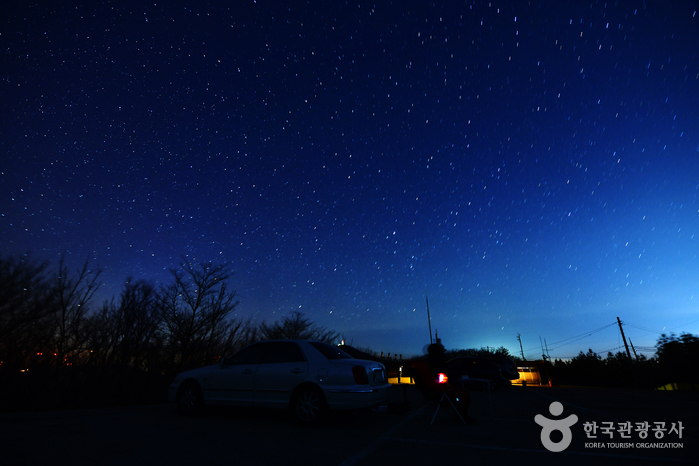
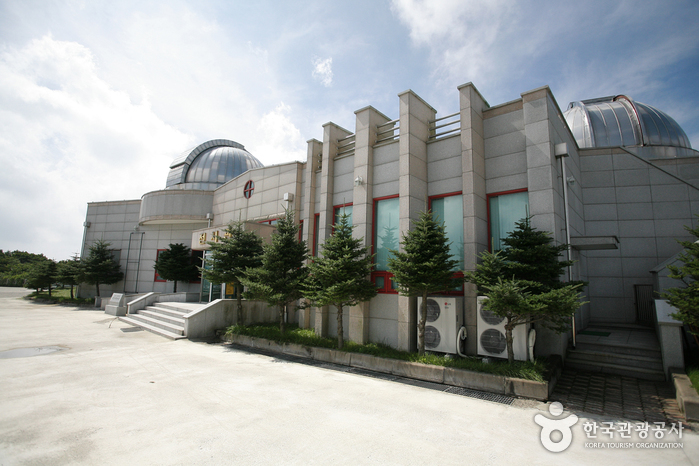
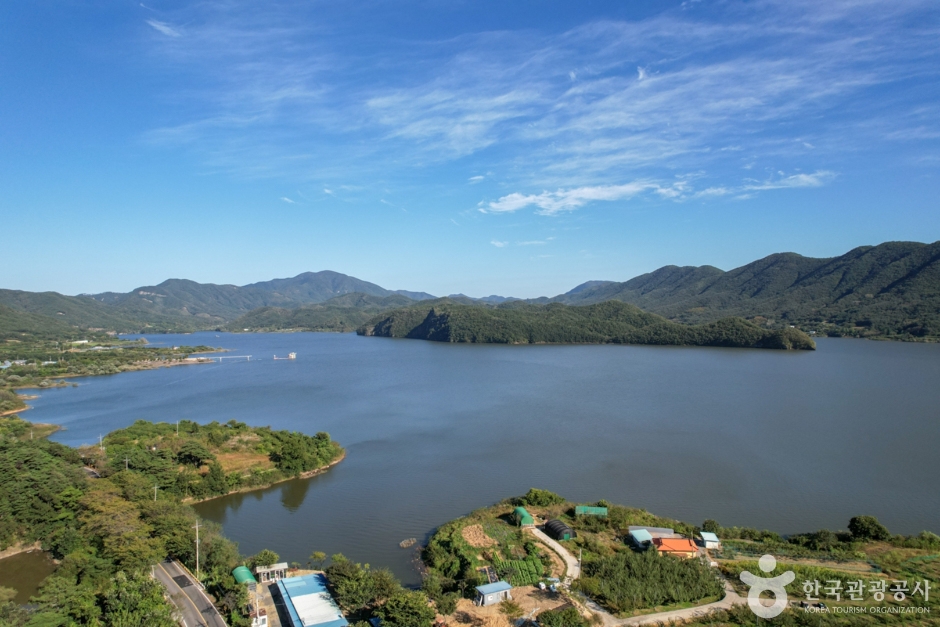
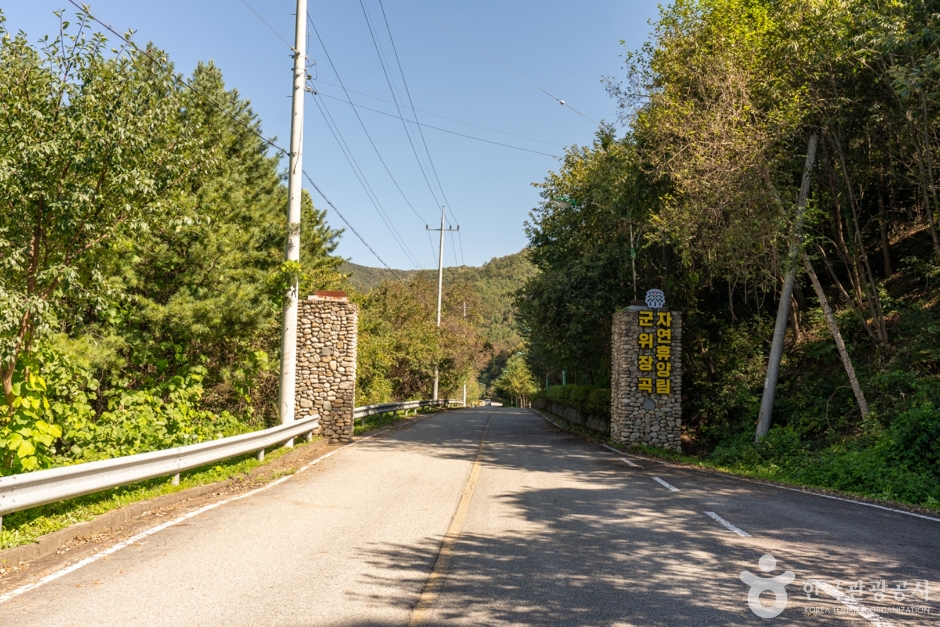
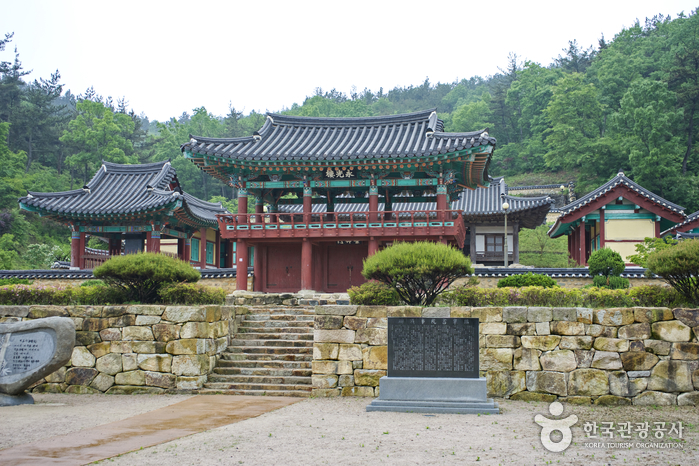

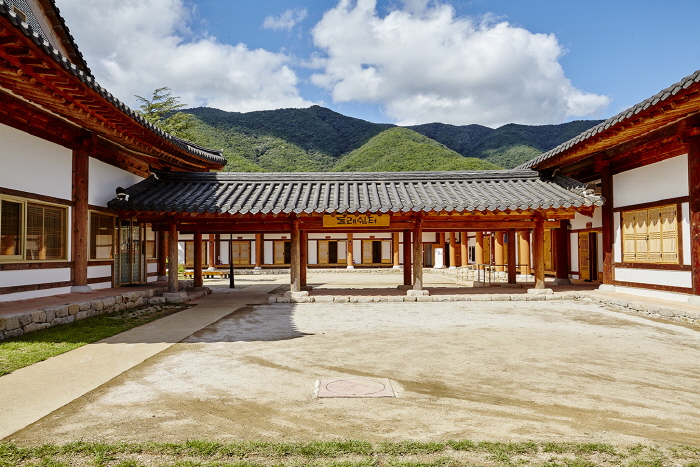
 English
English
 한국어
한국어 日本語
日本語 中文(简体)
中文(简体) Deutsch
Deutsch Français
Français Español
Español Русский
Русский